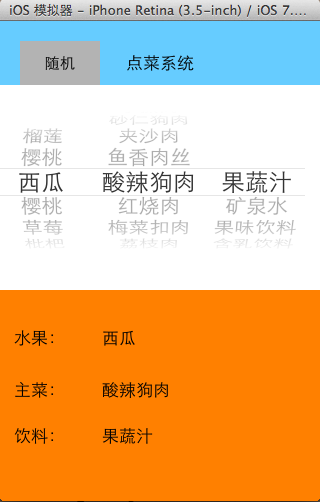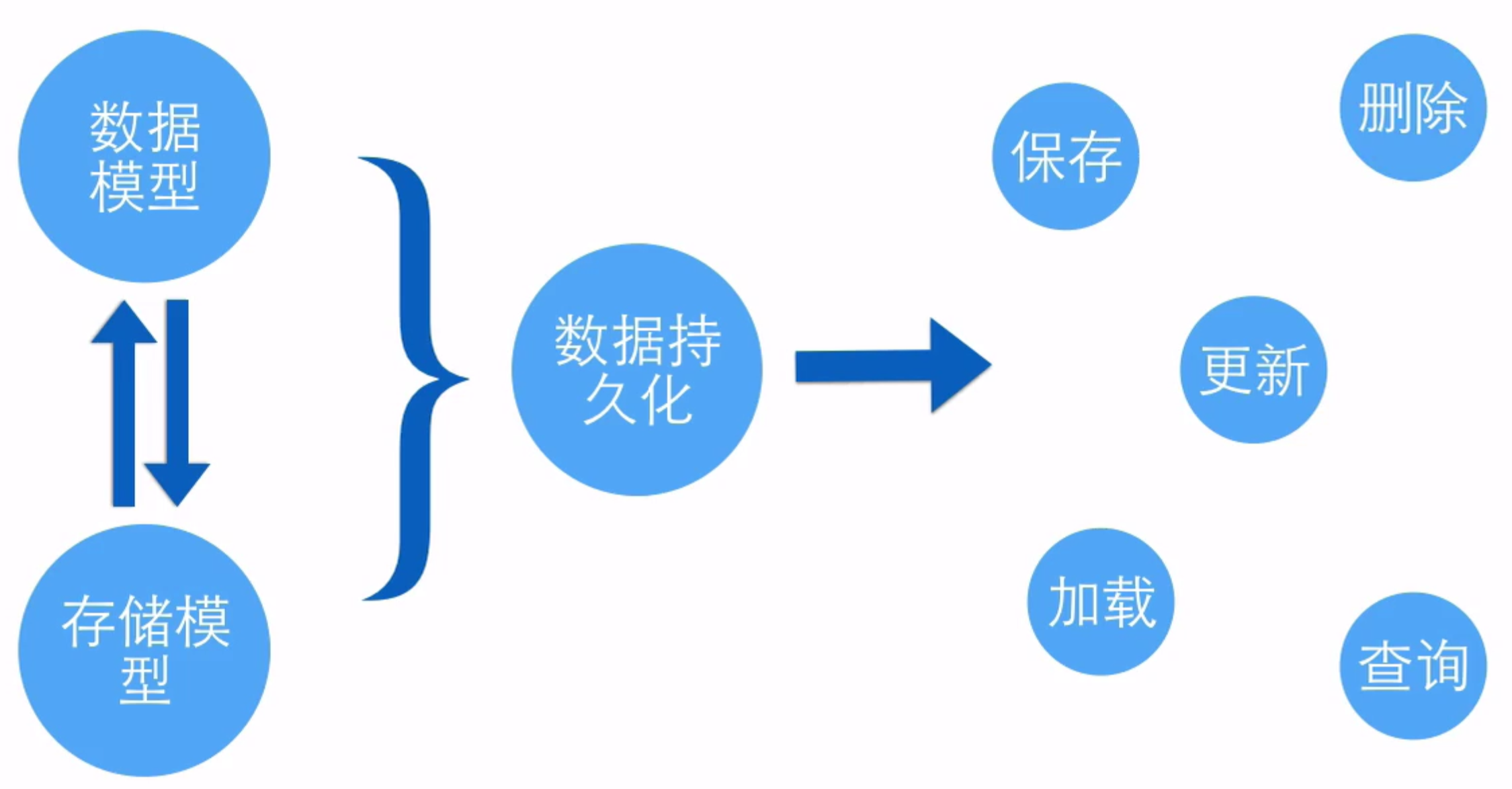IOS頁面自動布局 之 NSLayoutConstraint基礎篇
編輯:IOS開發綜合
1 /* Create constraints explicitly. Constraints are of the form "view1.attr1 = view2.attr2 * multiplier + constant" 2 If your equation does not have a second view and attribute, use nil and NSLayoutAttributeNotAnAttribute. 3 */ 4 +(instancetype)constraintWithItem:(id)view1 5 attribute:(NSLayoutAttribute)attr1 6 relatedBy:(NSLayoutRelation)relation 7 toItem:(id)view2 8 attribute:(NSLayoutAttribute)attr2 9 multiplier:(CGFloat)multiplier 10 constant:(CGFloat)c;
參數說明: 第一個參數 view1: 要設置的視圖; 第二個參數 attr1: view1要設置的屬性,稍後詳解; 第三個參數 relation: 視圖view1和view2的指定屬性之間的關系,稍後詳解; 第四個參數 view2: 參照的視圖; 第五個參數 attr2: 參照視圖view2的屬性,稍後詳解; 第六個參數 multiplier: 視圖view1的指定屬性是參照視圖view2制定屬性的多少倍; 第七個參數 c: 視圖view1的指定屬性需要加的浮點數。 根據參數的講解,得出計算公式如下: view1.attr1 [= , >= , <=] view2.attr2 * multiplier + c; 參數詳解: 1、NSLayoutAttribute
1 typedef NS_ENUM(NSInteger, NSLayoutAttribute) {
2 NSLayoutAttributeLeft = 1,
3 NSLayoutAttributeRight,
4 NSLayoutAttributeTop,
5 NSLayoutAttributeBottom,
6 NSLayoutAttributeLeading,
7 NSLayoutAttributeTrailing,
8 NSLayoutAttributeWidth,
9 NSLayoutAttributeHeight,
10 NSLayoutAttributeCenterX,
11 NSLayoutAttributeCenterY,
12 NSLayoutAttributeBaseline,
13 NSLayoutAttributeLastBaseline = NSLayoutAttributeBaseline,
14 NSLayoutAttributeFirstBaseline NS_ENUM_AVAILABLE_IOS(8_0),
15
16
17 NSLayoutAttributeLeftMargin NS_ENUM_AVAILABLE_IOS(8_0),
18 NSLayoutAttributeRightMargin NS_ENUM_AVAILABLE_IOS(8_0),
19 NSLayoutAttributeTopMargin NS_ENUM_AVAILABLE_IOS(8_0),
20 NSLayoutAttributeBottomMargin NS_ENUM_AVAILABLE_IOS(8_0),
21 NSLayoutAttributeLeadingMargin NS_ENUM_AVAILABLE_IOS(8_0),
22 NSLayoutAttributeTrailingMargin NS_ENUM_AVAILABLE_IOS(8_0),
23 NSLayoutAttributeCenterXWithinMargins NS_ENUM_AVAILABLE_IOS(8_0),
24 NSLayoutAttributeCenterYWithinMargins NS_ENUM_AVAILABLE_IOS(8_0),
25
26 NSLayoutAttributeNotAnAttribute = 0
27 };
分三部分解釋 NSLayoutAttribute 第一部分:常用的 NSLayoutAttributeLeft: CGRectGetMinX(view.frame); NSLayoutAttributeRight: CGRectGetMaxX(view.frame); NSLayoutAttributeTop: CGRectGetMinY(view.frame); NSLayoutAttributeBottom: CGRectGetMinY(view.frame); NSLayoutAttributeWidth: CGRectGetWidth(view.frame); NSLayoutAttributeHeight: CGRectGetHeight(view.frame); NSLayoutAttributeCenterX: view.center.x; NSLayoutAttributeCenterY:view.center.y ; NSLayoutAttributeBaseline: 文本底標線,在大多數視圖中等同於NSLayoutAttributeBottom; 在少數視圖,如UILabel,是指字母的底部出現的位置; NSLayoutAttributeLastBaseline: 相當於NSLayoutAttributeBaseline; NSLayoutAttributeFirstBaseline: 文本上標線; NSLayoutAttributeNotAnAttribute: None; 第二部分: 根據國家使用習慣不同表示的意思不同 NSLayoutAttributeLeading: 在習慣由左向右看的地區,相當於NSLayoutAttributeLeft;在習慣從右至左看的地區,相當於NSLayoutAttributeRight; NSLayoutAttributeTrailing: 在習慣由左向右看的地區,相當於NSLayoutAttributeRight;在習慣從右至左看的地區,相當於NSLayoutAttributeLeft; 第三部分:ios8新增屬性,各種間距,具體用法下節介紹 NSLayoutAttributeLeftMargin, NSLayoutAttributeRightMargin, NSLayoutAttributeTopMargin, NSLayoutAttributeBottomMargin, NSLayoutAttributeLeadingMargin, NSLayoutAttributeTrailingMargin, NSLayoutAttributeCenterXWithinMargins, NSLayoutAttributeCenterYWithinMargins, 從網上找了一張圖,標注以上屬性 2、NSLayoutRelation 1 typedef NS_ENUM(NSInteger, NSLayoutRelation) { 2 NSLayoutRelationLessThanOrEqual = -1, 3 NSLayoutRelationEqual = 0, 4 NSLayoutRelationGreaterThanOrEqual = 1, 5 }; NSLayoutRelationLessThanOrEqual: <=; NSLayoutRelationEqual: =; NSLayoutRelationGreaterThanOrEqual: >=; 二、要講解的方法 1、獲取當前view中所有的 NSLayoutConstraint 1 - (NSArray *)constraints NS_AVAILABLE_IOS(6_0); 2、舊版方法,將指定的NSLayoutConstraint添加到頁面或者從頁面中移除
1 1 - (void)addConstraint:(NSLayoutConstraint *)constraint NS_AVAILABLE_IOS(6_0); // This method will be deprecated in a future release and should be avoided. Instead, set NSLayoutConstraint's active property to YES. 2 2 - (void)addConstraints:(NSArray *)constraints NS_AVAILABLE_IOS(6_0); // This method will be deprecated in a future release and should be avoided. Instead use +[NSLayoutConstraint activateConstraints:]. 3 3 - (void)removeConstraint:(NSLayoutConstraint *)constraint NS_AVAILABLE_IOS(6_0); // This method will be deprecated in a future release and should be avoided. Instead set NSLayoutConstraint's active property to NO. 4 4 - (void)removeConstraints:(NSArray *)constraints NS_AVAILABLE_IOS(6_0); // This method will be deprecated in a future release and should be avoided. Instead use +[NSLayoutConstraint deactivateConstraints:].
3、ios8新加方法,激活或者停用指定約束
1 /* The receiver may be activated or deactivated by manipulating this property. Only active constraints affect the calculated layout. Attempting to activate a constraint whose items have no common ancestor will cause an exception to be thrown. Defaults to NO for newly created constraints. */ 2 @property (getter=isActive) BOOL active NS_AVAILABLE(10_10, 8_0); 3 4 /* Convenience method that activates each constraint in the contained array, in the same manner as setting active=YES. This is often more efficient than activating each constraint individually. */ 5 + (void)activateConstraints:(NSArray *)constraints NS_AVAILABLE(10_10, 8_0); 6 7 /* Convenience method that deactivates each constraint in the contained array, in the same manner as setting active=NO. This is often more efficient than deactivating each constraint individually. */ 8 + (void)deactivateConstraints:(NSArray *)constraints NS_AVAILABLE(10_10, 8_0);
三、Coding Time a> 設置視圖view1為 寬度=20的正方形 兩種寫法,第一種 寬度=20,高度=20 1 [self addConstraint:[NSLayoutConstraint constraintWithItem:view1 attribute:NSLayoutAttributeWidth relatedBy:NSLayoutRelationEqual toItem:nil attribute:NSLayoutAttributeNotAnAttribute multiplier:1.0 constant:20]]; 2 [self addConstraint:[NSLayoutConstraint constraintWithItem:view1 attribute:NSLayoutAttributeHeight relatedBy:NSLayoutRelationEqual toItem:nil attribute:NSLayoutAttributeNotAnAttribute multiplier:1.0 constant:20]]; 第二種 寬度=20, 高度=寬度 1 [self addConstraint:[NSLayoutConstraint constraintWithItem:view1 attribute:NSLayoutAttributeWidth relatedBy:NSLayoutRelationEqual toItem:nil attribute:NSLayoutAttributeNotAnAttribute multiplier:1.0 constant:20]]; 2 [self addConstraint:[NSLayoutConstraint constraintWithItem:view1 attribute:NSLayoutAttributeHeight relatedBy:NSLayoutRelationEqual toItem:view1 attribute:NSLayoutAttributeWidth multiplier:1.0 constant:0]]; 第二種方法的優勢是,如果想修改view1的大小,只需要修改一處。 b>設置視圖view1.frame.origin.x = 視圖view2.frame.origin.x
NSLayoutConstraint *leftConstraint = [NSLayoutConstraint constraintWithItem:view1 attribute:NSLayoutAttributeLeft relatedBy:NSLayoutRelationEqual toItem:view2 attribute:NSLayoutAttributeLeft multiplier:1.0 constant:0]; //舊版方法 //[self addConstraint:leftConstraint]; //新版方法1 [NSLayoutConstraint activateConstraints:@[leftConstraint]]; //新版方法2 leftConstraint.active = YES;
相關文章
+



